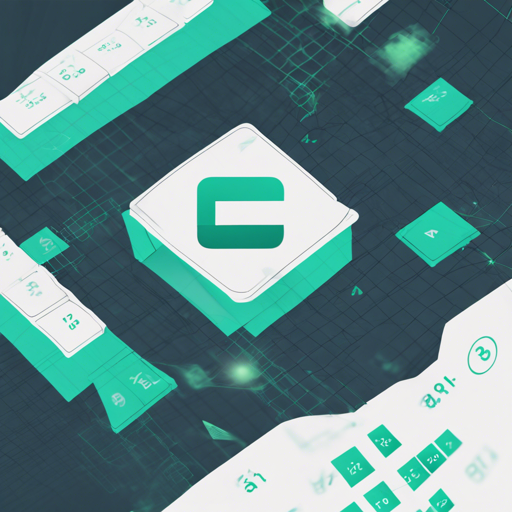Ethereum, with its vast ecosystem, allows developers to interact with the blockchain effortlessly. One interesting capability is to fetch the block number by a specific date using the ethereum-block-by-date package. This guide will walk you through the installation, usage, and troubleshooting of this powerful tool, ensuring that even beginners can follow along.
Installation
Before you can start fetching block numbers, the first step is to install the ethereum-block-by-date package. You can do this using npm or yarn:
- Using npm:
npm i ethereum-block-by-date - Using yarn:
yarn add ethereum-block-by-date
Usage
Once installed, you can leverage this package with popular Ethereum libraries like Web3.js, Ethers.js, and Viem. Let’s delve into how you can use this with each library:
Using with Web3.js
To get started with Web3.js, you can follow this structure:
const EthDater = require('ethereum-block-by-date');
const Web3 = require('web3');
const web3 = new Web3(new Web3.providers.HttpProvider(process.env.PROVIDER));
const dater = new EthDater(web3);Using with Ethers.js
For those preferring Ethers.js, here’s how to set it up:
const EthDater = require('ethereum-block-by-date');
const { ethers } = require('ethers');
const provider = new ethers.providers.CloudflareProvider();
const dater = new EthDater(provider);Using with Viem
If you’re inclined towards Viem, utilize the following:
const EthDater = require('ethereum-block-by-date');
const { createPublicClient, http } = require('viem');
const mainnet = require('viem/chains');
const client = createPublicClient({ chain: mainnet, transport: http() });
const dater = new EthDater(client);Requests
With the setup complete, you can start making requests to fetch block numbers. Here’s how:
Getting Block by Date
let block = await dater.getDate('2016-07-20T13:20:40Z', true, false);This will return an object with details like:
- date: the searched date
- block: the found block number
- timestamp: the found block timestamp
Getting Block by Period Duration
To fetch blocks at regular intervals, you might do something like:
let blocks = await dater.getEvery('weeks', '2019-09-02T12:00:00Z', '2019-09-30T12:00:00Z');This will return an array of objects detailing each block within the specified period.
Analogy Time: Navigating Through a Library
Imagine trying to find a specific book in a vast library without an index. Retrieving Ethereum block numbers by date works similarly. Each library section represents a blockchain period, and the books in that section are the individual blocks. By specifying a date (like a particular shelf), you can quickly pinpoint the block you need. With tools like ethereum-block-by-date, we avoid the frustration of searching through the library aisles blindly!
Troubleshooting
If you encounter issues while using this package, consider the following troubleshooting tips:
- Ensure your provider URL is correct and accessible.
- Check if the date you are querying is in a valid format.
- Make sure you’re using the correct version of the libraries (Web3.js, Ethers.js).
- Refer to the Moment.js documentation for date formatting.
For more insights, updates, or to collaborate on AI development projects, stay connected with fxis.ai.
Need More Help?
If further assistance is needed, you can always raise an issue on the relevant GitHub issues page for support.
Conclusion
Working with Ethereum and block data doesn’t have to be daunting. By leveraging ethereum-block-by-date, you simplify the process and can focus on what truly matters: building innovative applications.
At fxis.ai, we believe that such advancements are crucial for the future of AI, as they enable more comprehensive and effective solutions. Our team is continually exploring new methodologies to push the envelope in artificial intelligence, ensuring that our clients benefit from the latest technological innovations.

